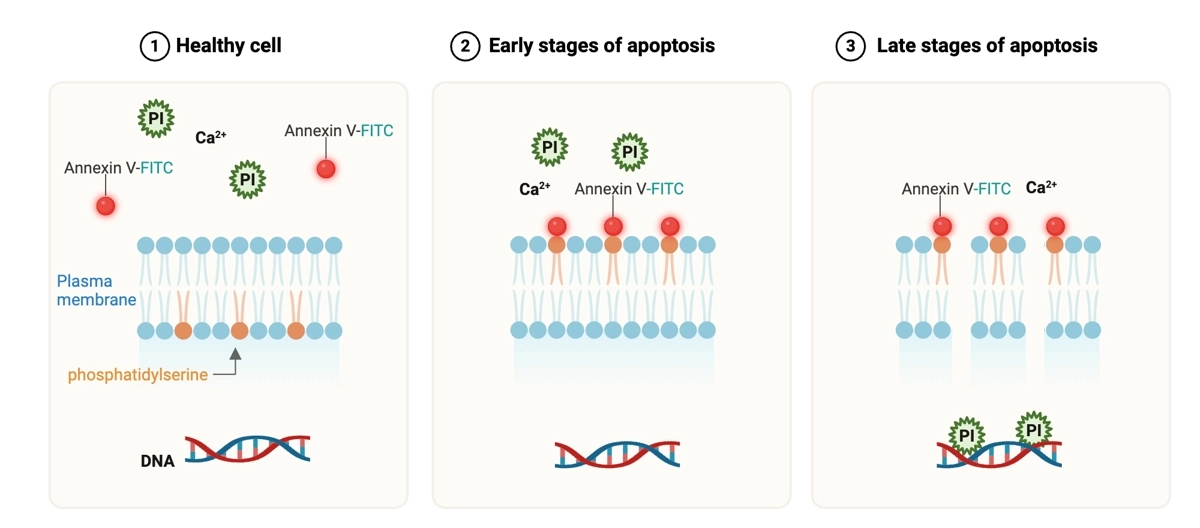Blog #2: Elia's Razor
22 June 2025
Defining a Razor
In philosophy, thinkers propose (or are attributed) "razors" which can "shave off" unnecessary time and effort when used well. One of my favorites is Hanlon's razor:
Never attribute to malice that which is adequately explained by stupidity.
Another (more widely known) favorite is Occam's razor:
Entities must not be multiplied beyond necessity.
or put more simply:
If solutions seem equally valid, prefer the simplest one.
Proposing a Razor
In honor of these excellent quips of wit (and as a product of countless headaches in the lab), I propose Elia's razor:
Never attribute to biology what can be explained by technical artifact.
or more generally:
Never invoke system-intrinsic properties when system-extrinsic factors suffice.
What does it mean? Let's say you found something very surprising. Before you take it at face value and come up with crazy ideas justifying the result, step back and ask: could the result be caused by an incidental outside feature (information bias, human error, programming bug)? Until this is ruled out beyond a reasonable doubt, do not consider something inside your system of study (cell, atom, ecosystem) as the cause.
This idea is far from original. It's something every scientist learns eventually, a sixth sense that makes us suspicious of any singular result. However, I've yet to see the idea presented as a one-liner, so I hope this is a small contribution to metascience. Further, sticking my name on something helps me cope with my inevitable demise. If something nearly identical has been said before, please let me know so I can properly cite it!
Personal Anecdote
Now it's time for a true story that inspired this post. As a PhD candidate at Yale in the Pathology and Molecular Medicine program, I often train undergraduates, junior grad students, and new postdocs in lab techniques. One of these trainees told me they were highly trained in flow cytometry and wanted to conduct experiments that utilized the technique. Flow cytometry uses lasers to distinguish cells from one another. One can use specific tags that fluoresce under certain lasers to ask very specific biological questions.
We designed an experiment to see whether a drug that staples the two strands of DNA together (preventing replication of the DNA) was uniquely toxic to cancer cells with a specific mutation in a DNA repair pathway. We would measure cell death in two ways: propidium iodide (PI, which stains DNA but can only enter cells with ruined membranes) and a fluorescent-tagged Annexin V (which sticks to a specific kind of fat that is only in the outer membrane during apoptosis AKA programmed cell death). A lovely Biorender figure made by Rachid Boutoual is shown below:

Wanting an independent sub-project, the trainee took the lead and conducted the experiments. We knew the drug was very toxic to this type of cell, and we knew this type of cell death typically occurs through apoptosis, so we fully expected to see a strong apoptosis (Annexin V) signal.
At the 24-hour timepoint, they saw a concentration-dependent increase in PI with the drug, but no increase in Annexin V signal. However, the postive control, a drug known to cause strong induction of apoptosis, did not show Annexin V signal either. It is at this point Elia's razor should've been invoked.
Instead, the trainee continued the experiment. They came to me after the second timepoint explaining how the drug of interest amazingly cricumvents apoptosis altogether and immediately causes necrosis, hence the high PI and low Annexin V signal. They ran through several intriguing cell bio theories on what may be happening and felt certain that we'd uncovered something truly novel.
After inquiring about the positive control, and hearing that it too skipped apoptosis, my suspicions were piqued. I went with them to the flow cytometer for the third timepoint. As expected from their expertise, everything went smoothly.
But I noticed they kept referring to Annexin V as "APC", a type of fluorophore. "Why do you keep saying APC?", I asked. "It's just Annexin V, it's the same thing", they replied.
Turns out their prior lab always used an APC-tagged Annexin V, meaning the fluorescent tag APC on the protein Annexin V. They assumed APC was just synonymous with Annexin V, so of course they chose the APC option on the flow cytometer. We had a different fluorescent tag for our Annexin V kit, in a completely separate part of the light spectrum.
In other words, they painted apoptotic cells blue and told the machine that red cells were the apoptotic ones. When no red cells were detected? Eureka! A DNA-damaging agent that circumvents apoptosis entirely.
Key Takeaways
I don't write about this story to mock the trainee. Every scientist makes mistakes; I've made too many to count. I tell the story to highlight a few key lessons that can make the life of a scientist much easier:
- Words are important. Definitions are important. Synonyms in one context are not necessarily synonyms in others. Be precise with your language, internally and externally.
- Familiarize yourself with the purpose of your methods. Don't think just input and output, think function. What does each step and each reagent of the
protocol actually do?
- Bonus: desinging your own assays becomes much easier when you understand what's physically happening. You start to assemble steps in novel ways and create new methods.
- And, of course, never invoke system-intrinsic properties when system-extrinsic factors suffice.
James
